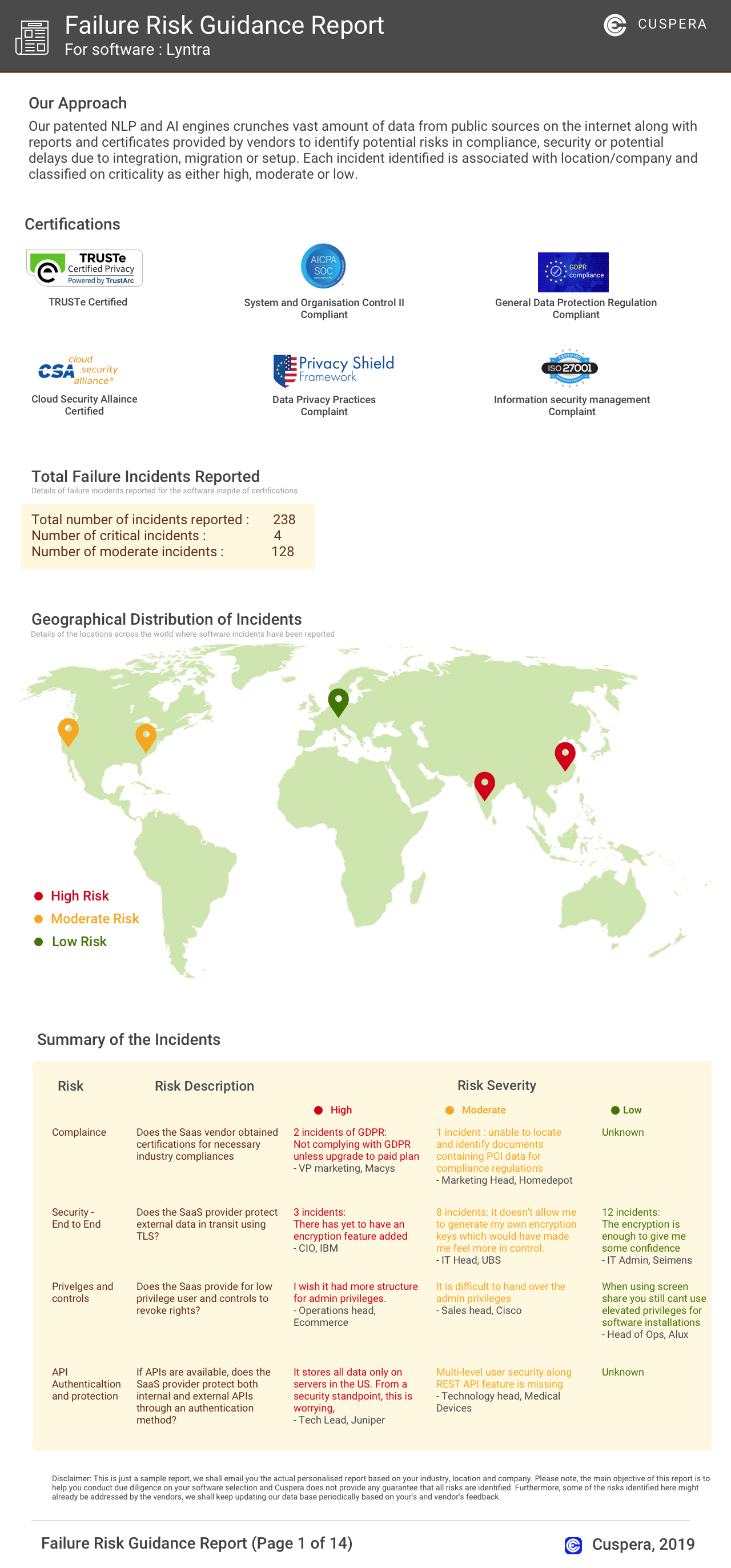Overview: Helpshift and SysAid as Help Desk Category solutions.
Helpshift and SysAid are both pivotal in the Help Desk category, focusing on customer relationship enhancement and operational efficiency. While Helpshift excels in customer engagement and feedback management with strong AI features, SysAid is a powerhouse for helpdesk and workflow management. Helpshift serves primarily small to mid-sized enterprises, while SysAid spans a wide range from small to large enterprises, supported by robust integration capabilities. Businesses should choose based on their specific operational needs and industry focus.
Helpshift: Helpshift offers an AI-first customer service platform combining artificial intelligence, skilled human specialists, and advanced technology. It is the only solution providing this comprehensive approach.
SysAid: SysAid delivers automated IT service through a comprehensive, AI-powered next-gen ITSM platform. Exceptional service and advanced features are provided.
Helpshift and SysAid: Best Use cases based on the customer satisfaction data
Key Capabilities Supported
Helpshift focuses on customer feedback management and engagement, which streamline interaction and gather insights for better customer care. read more →
SysAid shines in helpdesk and workflow management, which are crucial for organizing IT tasks and processes efficiently. read more →
Business Goals
Helpshift aims to enhance customer relationships and efficiency, ideally suited for companies looking to improve engagement and customer lifetime value. read more →
SysAid supports scaling best practices and improving internal communications, making it perfect for organizations seeking structured IT management. read more →
Core Features
Helpshift is known for its AI-powered features and seamless integrations, helping automate customer interactions and provide deep analytics. read more →
SysAid boasts extensive custom reporting and data import capabilities, which support thorough data analysis and system integration. read more →
Vendor Support
Helpshift offers 24/7 support primarily through chat and phone, emphasizing real-time assistance wherever users need it. read more →
SysAid provides comprehensive vendor support, including both email and phone, ensuring users can resolve issues quickly. read more →
Segments and Industries
Helpshift predominantly serves enterprise and mid-market businesses, especially in IT and software industries, reflecting its focus on digital engagement. read more →
SysAid covers a broad range of industries, prominently including healthcare and education, designed for diverse operational needs. read more →
Operational Alignment
Helpshift integrates well within mobile and offline environments, tailored for agile teams needing quick customer interactions. read more →
SysAid fits seamlessly into complex environments, ideal for large-scale organizations that require structured process management. read more →
Failure Risk Guidance?
Compliance Risk
{{{rsh_C_1}}}
{{{rsh_C_1}}}
Security & Privacy Risk
{{{rsh_C_1}}}
{{{rsh_C_1}}}
Integration Risk
{{{rsh_C_1}}}
{{{rsh_C_1}}}
Migration Risk
{{{rsh_C_1}}}
{{{rsh_C_1}}}
IT and Other Capabilities
- Low
- Medium
- High
Data
Support
Others
Helpshift in Action: Unique Use Cases
What Are the key features of Helpshift for Customer Feedback Management?
How can Helpshift optimize your Engagement Management Workflow?
What benefits does Helpshift offer for Advertisement?
SysAid in Action: Unique Use Cases
How efficiently Does SysAid manage your Helpdesk Management?
Why is SysAid the best choice for Knowledge Management?
How can SysAid enhance your Workflow Management process?
Why is SysAid the best choice for Communication Management?
Integrations
Few Helpshift Integrations
Few SysAid Integrations
News
Latest Helpshift News
Helpshift Introduces AI Tool for Seamless Multilingual Support - Martechcube
Helpshift has launched an AI tool to provide seamless multilingual support for its services.
Latest SysAid News
SysAid Recognized in the 2025 Gartner® Magic Quadrant for AI Applications in IT Service Management
SysAid has been recognized in the 2025 Gartner Magic Quadrant for AI Applications in IT Service Management, highlighting its role in AI-driven innovation and customer satisfaction. The company was noted for its AI for End-User Self-Service Use Case and received the highest score in the Gartner Peer Insights 'Voice of the Customer' report for AI in ITSM.





















